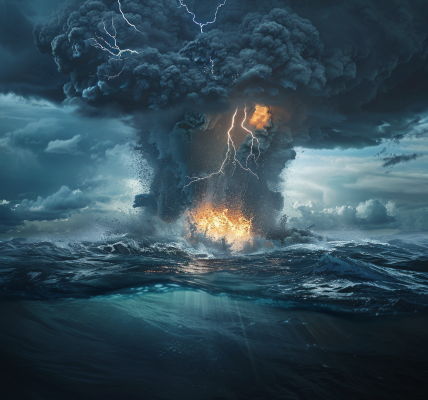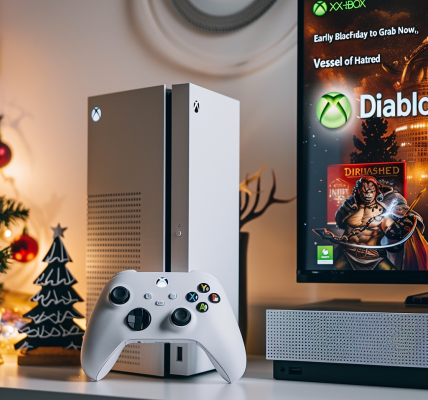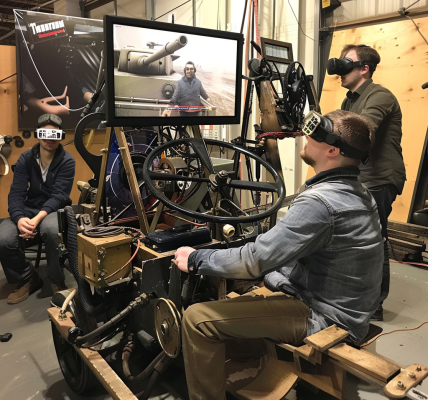On Feb. 3, 1984, space shuttle Challenger embarked on its fourth flight, STS-41B, marking a significant milestone in space exploration. The five-person crew, consisting of Commander Vance D. Brand, Pilot Robert L. “Hoot” Gibson, and Mission Specialists Ronald E. McNair, Robert L. Stewart, and Bruce McCandless, undertook an eight-day mission that culminated in the first return to NASA’s Kennedy Space Center (KSC) in Florida.
The flight activities included practicing tasks required for the upcoming Solar Maximum Mission satellite retrieval and repair mission. Notably, the successful test flights of the Manned Maneuvering Unit (MMU) astronaut propulsion device during two untethered spacewalks proved to be the most critical and visually spectacular aspect of the mission. The mission also saw the successful deployment of two commercial communications satellites, Westar VI and Palapa-B2, despite them ending up in non-operational orbits due to upper stage failures.



On Feb. 4, 1983, NASA announced the crew for STS-11, comprising Brand, Gibson, McNair, Stewart, and McCandless. While Brand was the flight’s only veteran, having previously flown on the Apollo-Soyuz Test Project in 1975 and commanded STS-5 in 1982, the other four crew members were embarking on their first trip into space, with McCandless having served as an astronaut since his selection in 1966 and having contributed to the development of the MMU.
The mission’s objectives initially included the Large Format Camera for Earth photography, deploying the Palapa-B2 communications satellite for Indonesia, and testing the Canadian-built Remote Manipulator System (RMS), or robotic arm. However, over the course of the next year, the mission’s designation and payload complement underwent changes, ultimately including the Shuttle Pallet Satellite-01A (SPAS-01A) and practicing rendezvous maneuvers with the Integrated Rendezvous Target (IRT), an inflatable 6-foot balloon deployed from the payload bay.





